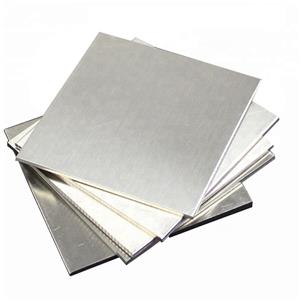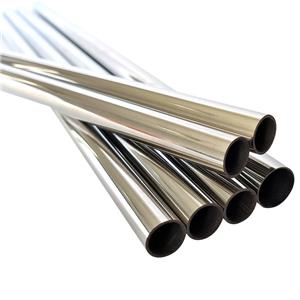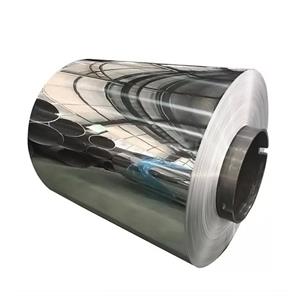Rebar Advantages
Steel reinforing rebars are widely used in building construction. They give concrete tensile strength and act as a unit when a load is applied.
Modulus of elasticity: Steel has a high modulus of elasticity, which is 200GPa (200 x 10⁹ N/m²). This helps the steel stretch under tension (up to 200GPa) without breaking, and restore its shape when the load is removed.
Ductility of Steel: Steel is very ductile. That is, steel bars will exhibit ductility at higher loads. Ductility is the ability of a material to allow plastic deformation (i.e. a permanent change in size) under load before it fractures.
Coefficient of Thermal Expansion: Steel and concrete have nearly the same coefficient of thermal expansion (dimension changes due to temperature). So both (concrete and steel) will experience the same change in length at high temperature.
Reinforcement has many advantages that make it one of the most reliable materials for structural applications. The rebar comes in an unassuming tubular design with several ribbed patterns and has until now been essential in creating impact-resistant structures for many modern buildings. Often, one rebar will be joined with multiple rebars to form a stable frame. Reinforcing bars can be installed in buildings to support columns, foundations, walls, paneling, etc.
The most obvious advantage of rebar is that it provides excellent support for many different types of structures. The unique design of the reinforcement makes it suitable for enhancing the quality of concrete. The pattern and textured finish of the rebar is engineered to adhere firmly to the composition of the concrete.
It is important that the building is able to protect itself from any impact damage that affects not only its appearance but also its function. Combined with other durable building materials, rebar is essential for making buildings highly impact resistant.




